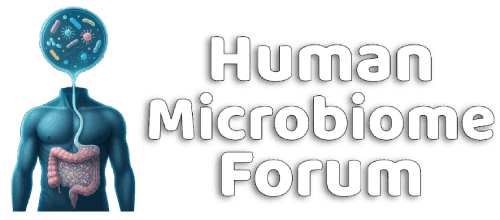Michael Harrop
Well-known member
- https://www.cnn.com/2024/09/16/health/food-packaging-chemical-toxins-study-wellness/index.html
- https://www.sciencealert.com/scientists-find-3600-food-packaging-chemicals-in-human-bodies
- https://www.usnews.com/news/health-news/articles/2024-09-17/many-toxic-chemicals-leach-into-human-bodies-from-food-packaging
Forever chemicals, bisphenols, phthalates, heavy metals, pesticides, volatile organic compounds... at least 3,601 chemical substances, some of which are particularly hazardous to our health, are found in our bodies and come from materials that come into contact with food, such as food packaging and cooking utensils.
Around 80 of these chemical compounds that come into contact with food belong to the category of substances of very high concern. According to the European Chemicals Agency classification, these are substances that are carcinogenic, mutagenic or toxic to reproduction, or substances that are persistent, bioaccumulative and toxic.
Those substances are always present in plastic, in can and package coatings, in printing inks and so on.
For the first time, the FDA will hold a public hearing, slated for September 25, on enhancing its assessment of chemicals found in food, including food and color additives, food contact substances, potential contaminants and pesticides, and ingredients considered generally recognized as safe.
“This is unprecedented,” the EWG’s Benesh said. “This is the first time the FDA is talking about standing up a rigorous review program that puts human health first, that puts chemical safety first, and that restores some of the trust consumers have lost in the agency.”
https://www.nature.com/articles/s41370-024-00718-2
Abstract
Background
Over 1800 food contact chemicals (FCCs) are known to migrate from food contact articles used to store, process, package, and serve foodstuffs. Many of these FCCs have hazard properties of concern, and still others have never been tested for toxicity. Humans are known to be exposed to FCCs via foods, but the full extent of human exposure to all FCCs is unknown.
Objective
To close this important knowledge gap, we conducted a systematic overview of FCCs that have been monitored and detected in human biomonitoring studies according to a previously published protocol.
Methods
We first compared the more than 14,000 known FCCs to five biomonitoring programs and three metabolome/exposome databases. In a second step, we prioritized FCCs that have been frequently detected in food contact materials and systematically mapped the available evidence for their presence in humans.
Results
For 25% of the known FCCs (3601), we found evidence for their presence in humans. This includes 194 FCCs from human biomonitoring programs, with 80 of these having hazard properties of high concern. Of the 3528 FCCs included in metabolome/exposome databases, most are from the Blood Exposome Database. We found evidence for the presence in humans for 63 of the 175 prioritized FCCs included in the systematic evidence map, and 59 of the prioritized FCCs lack hazard data.
Significance
Notwithstanding that there are also other sources of exposure for many FCCs, these data will help to prioritize FCCs of concern by linking information on migration and biomonitoring. Our results on FCCs monitored in humans are available as an interactive dashboard (FCChumon) to enable policymakers, public health researchers, and food industry decision-makers to make food contact materials and articles safer, reduce human exposure to hazardous FCCs and improve public health.
Impact statement
We present systematically compiled evidence on human exposure to 3601 food contact chemicals (FCCs) and highlight FCCs that are of concern because of their known hazard properties. Further, we identify relevant data gaps for FCCs found in food contact materials and foods. This article improves the understanding of food contact materials’ contribution to chemical exposure for the human population and highlights opportunities for improving public health.
- Format correct?
- Yes
